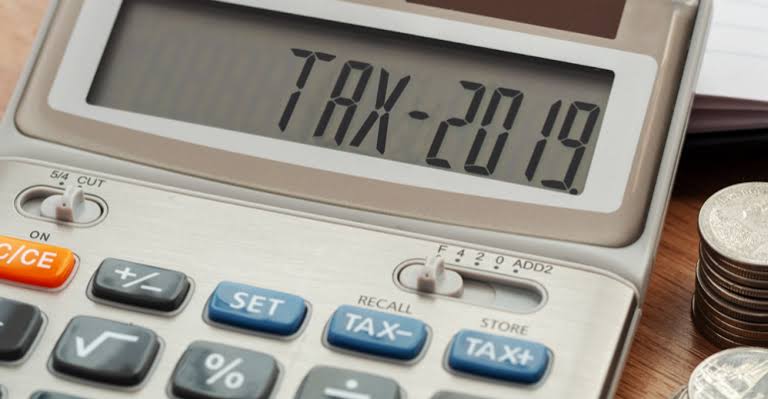Taxation On Its Tails : Calculations Of The Government

First the nose end of Taxation system :
* Builder purchases 1000 sqm land in Goa for 1.5 cr. So how should he be taxed if his cost of construction comes to say 2.6 crores —–
. 8% of the cost of land as ( Stamp duty + Registration) = 8 lacs
. 3% of the cost of construction as Architect plan =7.8 lacs
. 2% of cost of constr as RCC = 5.2lacs.
. infrastructure tax=2.6 lacs.
. misc tax = 5 lacs
Total tax — 1.8 crores
Builder has 13 apartments each 1000sqm. Each costing 45 lacs
Flat Purchaser pays 45 lac to builder + GST + Stamp Duty + Registration. Builder pays to Govt
GST 5.6 lac
SD 1.35 lac
Reg 90 thousand
Builder pays 1% VAT on 45 lac
Total 8.3 lac
Per apartment sale government makes 8.3 lacs. For 13 apartments × 8.3 lacs = 1.8 cr
Builder had already paid ₹ 45 lac as Income tax on the income of 1.5crores which he has utilized for land purchase amount of 1.5 Cr.
Wait,
Land owner who sold land to builder paid approx 10 lac for capital gain to Government.
Also in this process after construction work was completed Builder earned profit on Sale of 13 apartments. Total sale value 13 × 45 lac = 5.85 crs
Now Cost of land is 2.6 cr + Architect RCC etc = 1.8 cr
Total. Cost of construction = 4.4 cr
Revenue = 5.85 – 4.4cr——-Profit = 1.45 cr
After tax 1.45 cr – 30% = 1 cr
Final economics:
Builder earned 1 cr after working for 3 years selling off all his 13 units.
Government earned
From land owner 10 lac
From 13 unit sale by adding GST, VAT, Stamp Duty, Registeration 1.8cr
From builder as IT 48 lacs
Total 10 lac + 1.8 cr + 48 lacs
Government earns 2.38 cr on zero investment
In the minds of public builders are looting People.
This is economics of current situation
Wait……….
Height of all,
Profession tax, fringe benefit tax of staff, free gifts to Govt officials… I am already tired of calculations.
Just remember Govt is your partner holding more than 75% shares without any investment.
This the ground reality of our tax structure.
Government earns on transactions. The building of the apartments and their eventual sale involves a large number of transactions and multiple beneficiaries.
Now view from the tail end of the Economics system
The story has not included the money spent by the labourer to buy food items, by his wife who bought shampoo for her hair etc. This money would have gone to an industry which makes atta and to an MNC which makes the shampoo. They would have paid gst too and they would have paid income tax too.
Hence the analysis is patently wrong.
Go through the following much repeated anecdote.
A bald-headed bearded stranger stopped in town and went into a small old hotel to check in. He asked to go check out the rooms first so, in good faith, he left a $100 bill—a deposit of sorts—with the hotel owner. The hotel owner immediately ran next door to pay his grocery bill. The grocer ran it across the street to pay one of his suppliers.
The supplier used it to pay off his co-op bill. The co-op guy ran it back across the street to pay the local hooker who had taken up residence in the aforementioned hotel.
The hooker ran it downstairs to pay her hotel bill just ahead of the returning traveler, who picked the $100 bill off the desk and left saying that the rooms were not satisfactory.
What gets me is how hard it is for me to see what’s wrong with that story. Lots of debt was paid off. Much of the town got deleveraged. Many were helped. Nobody was harmed.
Everyone but the hotel owner earned the money they used to pay their debts, and he would have as well had the stranger stayed the night, but the stranger did get his money back.
This is the other side of the coin. This is how the system works. Hence what is required:
• Control on black marketization of sale of land …….digitization of land has started
• All payments through cheques ………adhaar and PAN linked
• Compulsory registration of flats digitization here too
• Proper regulation of building activity



